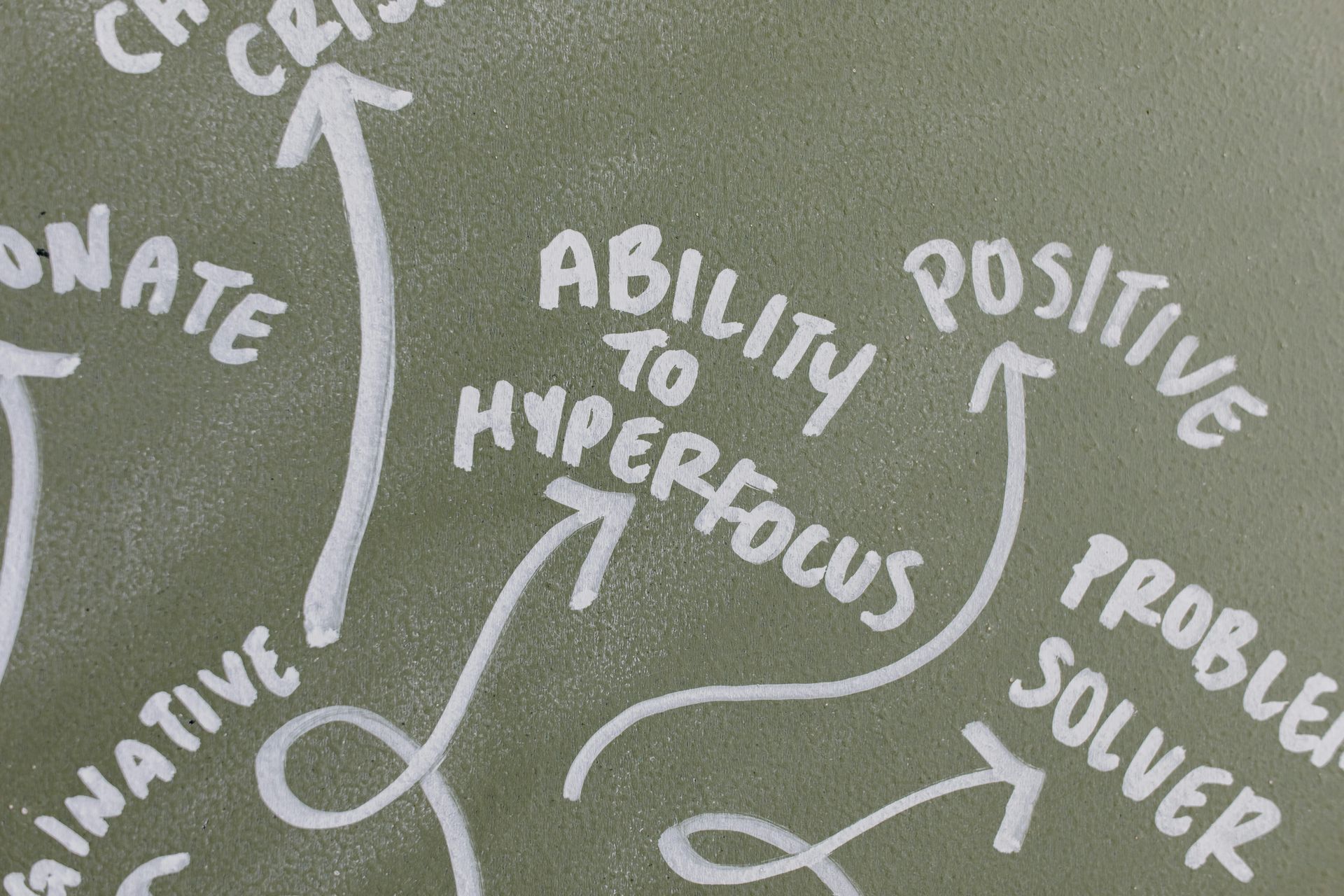Innovating Employee Engagement
Employee engagement is a crucial health metric of any organization as an ongoing competitive advantage, as well as during stressful times and disruptions such as the pandemic. This space is talked about by most through the lens of employee surveys. However, only 22% of companies get useful results from their surveys. As a leader, you may be missing out on an important data stream.
Surveys, no matter how well intentioned, are a statistical sampling of team morale. Employee engagement, on the other hand, is a continuous behavioral process akin to a radio wave that relays how emotionally invested people are in your organization.
Research into survey challenges provides important food for thought:
- Employee engagement surveys should turn talking points into action items and action items into tangible outcomes. However, since surveys are not practical if they are carried out more than once a year, the chances of leaders missing out on key systemic data points is very high.
- Any given survey never tells the full story. A timed series of surveys is a prohibitively expensive way of measuring organizational culture; it doesn’t provide the full story and results in skewed data.
- Industry wide, only 42% of organizations say they are willing to take action on every single survey question. This resonates with a natural distrust of surveys because they are a form of a top-down communication.
- Surveys do not offer true anonymity. If you want a survey to be contextually accurate, then some data will have to be revealed. You cannot trick smart individuals into trusting a survey by being clever with the construction of questions. Remember, survey bias is impossible to avoid because it arises even through the lens of who asks the question.
- Silent quitting is a symptom of faulty employee engagement and surveys are an anti-pattern for preventing or measuring employee retention.
- Insincerely pretending to care is a big problem. Yes, good senior leaders and HR are predisposed to care, “within constraints”. However, surveys are a part of the escalate-and-act process loop. Intervention patterns are a recipe for a perception of “too little too late”. Even if you mean well, the more you are invested in surveys, the less vibrant the organizational culture becomes.
The ultimate goal of employee engagement is to achieve high talent retention and healthy velocity of change within the organization. The fundamental root cause of poor talent retention is not bad managers, as commonly reported, but stale organizational culture (read more in this blog).
The necessary innovation is available today, and it does not require radical change or effort. All you need to do is to reduce reliance on traditional surveys-based approaches and transition to a real-time transparency approach.

There are only two things you need to change, and neither of these require significant effort.
1.
As we all know, nothing replaces face to-face conversation. Implement a real-time, measurable, and context-aware feedback system as a companion. This capability exposes more than just kudos. The data stream provides continuous, factual, and multi-facet data points about what could be done differently across teams and business processes.
Radical transparency makes “ongoing conversation” approach practical at large or fast growing organizations where executives cannot pretend to be truly available to all.
Just as importantly, radical transparency is the best pattern for staying in sync within the remote-first realities of the modern workplace.
2.
Flip your mindset and approach to extracting continuous improvements and social contract realignment. Do not force each employee to tell management what is not working. Instead, facilitate an authentic and regular “team culture” conversation events (not to be confused with team building). During these events employees stress test their own needs and wants, and brainstorm meaningful ideas for change that promote company OKRs. The effort for facilitating such events is significantly less than organizing and processing surveys.
Whilst it is easy for some employees to say what they want in their own context (for instance more training in leadership or other skills), HR and leaders need to be wary of the fact that surveys are biased not only by questions, but also by who requested the survey. Employees will often say what they think management wants to hear / or can tolerate. 75% of responders are generally conformists.
Team culture events, when done well, prevent confirmation bias and unleash the power of creativity and ability to connect the dots as a team. Managers are a team member, like everyone else. Therefore, brainstormed ideas will have much greater connection to grassroots because the action was not a result of “aggregated” survey results.
“90% of good ideas don't come from the executive suite” -
Professor Richard Jolly | London Business School.
Surveys are a very poor substitute for daily face-to-face communication. Radical transparency is a data stream that accompanies direct connections between people across the organization.
The benefits of authentic and measurable transparency at workplace are:
- Leaders win greater trust by referencing latest unadulterated reflections during town halls or one-to-one meetings, as opposed to “triaged” challenges. Measureable and contextual information boosts the capability to mentor.
- It is easier to win the hearts and minds of employees because feedback exchange is stress tested by the grassroots themselves.
- Team leads find it easier to communicate the need for change because real-time contextual data speaks for itself and feeds into a uniform interpretation of reality.
- Coaches and change managers can monitor in real-time progress and correlations without the need to introduce any overheads on teams or management.
- Human Resources benefits from a lower number of escalations because teams embrace self-correcting behavioral patterns, an intrinsic expectation of truly agile environments.
- Talent retention boosted by the ability to have team-wide honest conversations, and systems-thinking being the mechanism for achieving company OKRs. Employees rarely have issues with OKRs themselves, but they need to be freed from the constraining factor of the “I know better” attitude exhibited by traditional management practices.
Systems thinking starts with "we should...", and is followed by measurable and context aware reflections that go far beyond kudos. Workplace transparency solution offered by Neelix.IO empowers organizations to leap seamlessly into the age of new age management practices.
Truth to be told, everything new is well-forgotten old. “It ain't what you don't know that gets you into trouble. It's what you know for sure that just ain't so” - Mark Twain.




